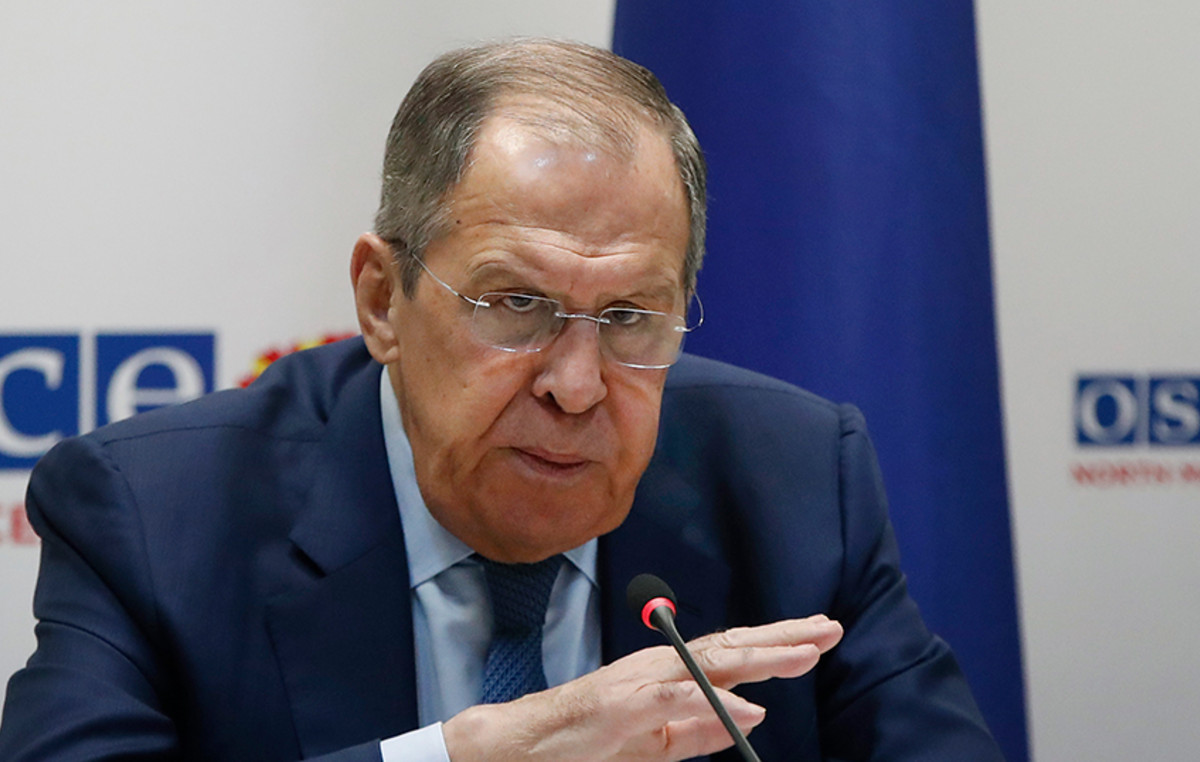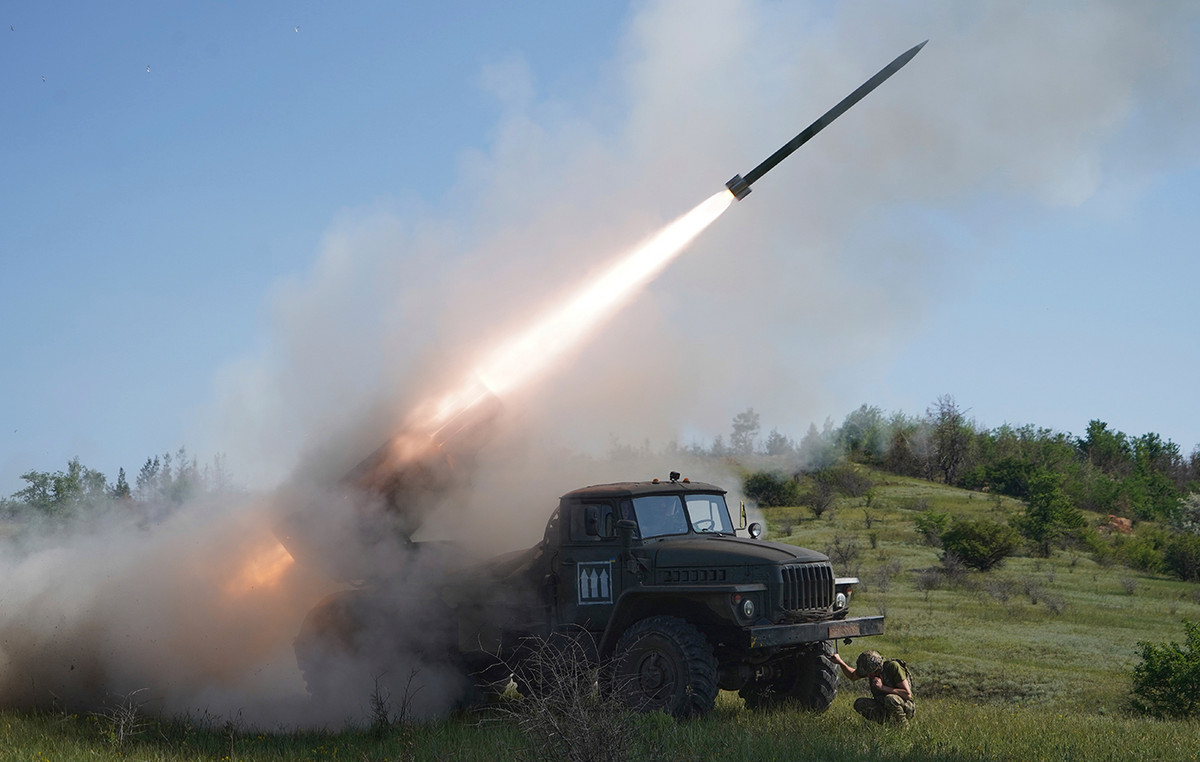Alejandro Gomez has been without running water for more than three months. Sometimes the water lasts an hour or two, but only a small trickle, just enough to fill a few buckets. Then nothing for many days.
Gomez, who lives in the Tlalpan district of Mexico City, doesn't have a large storage tank, so he doesn't receive water truck deliveries because there is simply nowhere to store the water. Instead, he and his family use what they can buy and store.
When they wash, they capture the runoff to flush the toilet. “It’s difficult,” he told CNN . “We need water, it is essential for everything.”
Water shortages are not uncommon in this neighborhood, but this time it feels different, Gomez said. “Right now we have this hot weather. It’s even worse, things are more complicated.”
Mexico City, a sprawling metropolis of nearly 22 million people and one of the largest cities in the world, faces a severe water crisis as a tangle of problems – including geography, chaotic urban development and compromised infrastructure – leaks – are worsened by the impacts of climate change.
Years of unusually low rainfall, longer dry spells and high temperatures have added stress to a water system already struggling to cope with increased demand. Authorities were forced to introduce significant restrictions on water pumped from reservoirs.
“Several neighborhoods have been suffering from a lack of water for weeks and there are still four months to go before the rains start,” said Christian Domínguez Sarmiento, an atmospheric scientist at the National Autonomous University of Mexico (UNAM).
Politicians downplay any sense of crisis, but some experts say the situation has now reached such critical levels that Mexico City could be headed for full-blown drought in a matter of months – as taps run dry in large areas of the city.
Historic casualties
Densely populated Mexico City sprawls across a high-altitude lakebed, some 2,200 meters above sea level. It was built on clay-rich soil – into which it is now sinking – and is prone to earthquakes and highly vulnerable to climate change. It is perhaps one of the last places anyone would choose to build a megacity today.
The Aztecs chose this location to build the city of Tenochtitlan in 1325, when it was a series of lakes. They built on an island, expanding the city outwards, building networks of canals and bridges to work with the water.
But when the Spanish arrived in the early 16th century, they destroyed much of the city, drained the lake bed, filled canals and destroyed forests. They saw “water as an enemy to overcome for the city to prosper,” said José Alfredo Ramirez, an architect and co-director of Groundlab, a design and policy research organization.
The decision paved the way for many of Mexico City's modern problems. Wetlands and rivers have been replaced by concrete and asphalt. During the rainy season, it floods. In the dry season, it becomes dry.
About 60 percent of Mexico City's water comes from an underground aquifer, but it has been so heavily extracted that the city is sinking at a frightening rate — about 50 centimeters a year, according to recent research. And the aquifer is not being replenished quickly enough. Rainwater runs off the city's hard, impermeable surfaces rather than sinking into the ground.
The rest of the city's water is pumped great distances uphill from sources outside the city in an incredibly inefficient process during which around 40% of the water is lost through leaks.
The Cutzamala water system, a network of reservoirs, pumping stations, canals and tunnels, supplies about 25% of the water used by the Valley of Mexico, which includes Mexico City. But the severe drought took its toll. Currently, at about 39% capacity, it is at an all-time low.
“It’s almost half the amount of water we should have,” said Fabiola Sosa-Rodríguez, head of economic growth and environment at the Metropolitan Autonomous University of Mexico City.
In October, Conagua, the country's national water commission, announced that it would restrict Cutzamala water by 8% “to guarantee the supply of drinking water to the population, given the severe drought”.
Just a few weeks later, authorities significantly tightened restrictions, reducing water supplied by the system by nearly 25%, blaming extreme weather conditions.
“Measures will be necessary to be able to distribute, over time, the water that Cutzamala has, to ensure that it does not run out,” said Germán Arturo Martínez Santoyo, general director of Conagua, in a statement at the time.

About 60% of Mexico is experiencing moderate to exceptional drought, according to a February report. Almost 90% of Mexico City is experiencing a severe drought – and the situation is expected to worsen with the start of the rainy season, still months away.
“We are in the middle of the dry season, with temperature increases expected until April or May,” said June Garcia-Becerra, an assistant professor of engineering at the University of Northern British Columbia.
Natural climate variability strongly affects this part of Mexico. Three years of La Niña brought drought to the region, and then the arrival of El Niño last year helped deliver a short rainy season that failed to replenish reservoirs.
But the long-term trend of human-caused global warming remains in the background, fueling longer droughts and more intense heat waves, as well as heavier rains when they arrive.
“Climate change has made droughts increasingly severe due to lack of water,” said UNAM’s Sarmiento. Additionally, high temperatures “caused the water available in the Cutzamala system to evaporate,” she said.
Last summer, brutal heat waves hit large parts of the country, killing at least 200 people. These heat waves would have been “virtually impossible” without climate change, according to an analysis carried out by scientists.
Climate impacts collided with the growing difficulties of a rapidly expanding city. As the population grows, experts say the centralized water system has not kept pace.
“Day zero?”
The crisis has triggered a fierce debate over whether the city will reach a “day zero,” where the Cutzamala system will drop to levels so low that it will be unable to supply water to the city’s residents.
In early February, local media reported widely that an employee at a Conagua branch said that without significant amounts of rain, “day zero” could arrive on June 26.
But since then authorities have sought to reassure residents that there will be no day zero. At a press conference on February 14, Mexican President Andrés Manuel López Obrador said work was underway to resolve water problems. Mexico City Mayor Martí Batres Guadarrama said at a recent press conference that the zero-day news was “fake news” spread by political opponents.
Conagua declined interview requests from CNN and did not answer specific questions about the prospect of a zero day.
But many experts warn of a growing crisis. Mexico City could run out of water before the rainy season arrives if it continues to use it the same way, Sosa-Rodríguez said. “We are likely to face a zero day,” he added.
This doesn't mean a complete collapse of the water system, she said, because the city isn't dependent on just one source. It will not be the same as what happened when Cape Town, South Africa, came dangerously close to running out of water completely in 2018, after a severe drought that lasted several years. “Some groups will still have water,” she said, “but most people won’t.”
Raúl Rodríguez Márquez, president of the nonprofit Water Advisory Council, said he doesn't believe the city will reach day zero this year — but, he warned, it will happen if changes aren't made.
“We are in a critical situation and we could reach an extreme situation in the coming months,” he told CNN .
“No one is prepared”
For nearly a decade, Sosa-Rodríguez said he has been warning authorities about the danger of a zero day for Mexico City.
She said the solutions are clear: better wastewater treatment would increase water availability and decrease pollution, while rainwater collection systems could capture and treat rain and allow residents to reduce their dependence on the water network. or water trucks by 30%.
Fixing leaks would make the system much more efficient and reduce the volume of water that must be extracted from the aquifer. And nature-based solutions like restoring rivers and wetlands would help supply and purify water, she said, with the added benefit of making the city greener and fresher.
In a statement on its website, Conagua said it is undertaking a three-year project to install, develop and improve water infrastructure to help the city deal with reductions in the Cutzamala system, including the addition of new wells and the commissioning of water treatment plants.
But in the meantime, tensions are rising as some residents are forced to cope with shortages while others – often in wealthier regions – remain mostly unaffected.
“There is clear inequality in access to water in the city and this is related to people’s income,” said Sosa-Rodríguez. While day zero may not have yet arrived for all of Mexico City, some neighborhoods have been fighting it for years, she added.
Amanda Martínez, another resident of the Tlalpan district, said that for people there, water scarcity is nothing new. She and her family often have to pay more than $100 for a tank of water from one of the city's water trucks. But it's getting worse. Sometimes they can go more than two weeks without water and she fears what might come next, she told CNN .
“I don’t think anyone is prepared.”
Source: CNN Brasil
Bruce Belcher is a seasoned author with over 5 years of experience in world news. He writes for online news websites and provides in-depth analysis on the world stock market. Bruce is known for his insightful perspectives and commitment to keeping the public informed.







